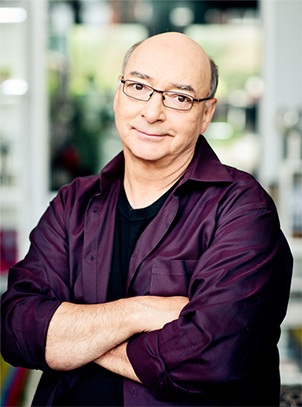Cinnamon bark
Though there are more than 250 species of cinnamon trees, only three or four are grown for culinary purposes. The most prized, Ceylon cinnamon (Ceylon being the island nation now known as Sri Lanka), is used mainly in Europe. When rubbed, its gleaming leaves smell like… cloves! The tree can grow up to 15 metres (50 feet) tall.
The cinnamon most commonly found in Canadian markets comes from the Indonesian cinnamon tree, Cinnamomum brumanni, which is grown mainly on the island of Sumatra. It tastes similar to but is darker than Ceylon cinnamon. Unfortunately, consumers can’t always tell where the cinnamon they buy comes from because labels don’t provide the information.
Used mainly in ground form, cinnamon is simply the inner bark of the trunk or branches of the cinnamon tree. The tree is often grown as a bush-like cluster of suckers, which makes harvesting the bark easier. The shoots can be processed when about two metres high, after three or four years of growth. Harvesting takes place in the rainy season, when the plant’s tissues are gorged with sap and its bark easily stripped. The bark is cut through to the wood, then carefully detached from the shoot and dried for 24 hours before being cleaned and cut into lengths. More drying ensues, a step that sees the pieces of bark gradually curl into tight tube-shaped sticks, turn pale brown and gain their characteristic scent.
Cinnamon is widely used in cooking, in particular in pastries and desserts. In Canada, it is often associated with applesauce; in fact, spice wholesalers report that sales increase sharply in the fall, when apple trees are heavy with fruit. Europeans also add the spice to various meat dishes. Cinnamon is a common component of perfumes, pharmaceutical products and toothpaste. In stick form, it flavours coffee, milk chocolate, mulled wine and even sangria. Cinnamon is the inner bark of the trunk or branches of the cinnamon tree, which grows up to 15 metres high.
